<Back to Index>
- Physicist Hendrik Antoon Lorentz, 1853
- Physicist Armand Hippolyte Louis Fizeau, 1819
PAGE SPONSOR
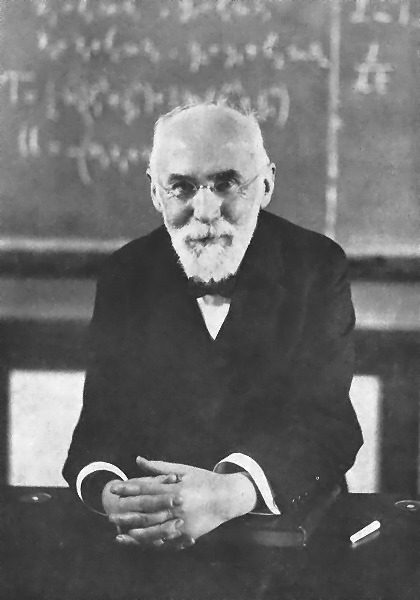
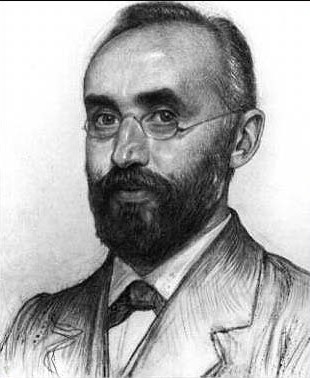
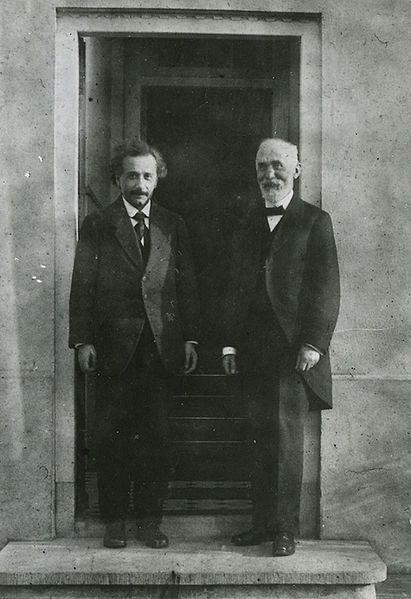
Hendrik Antoon Lorentz (18 July 1853 – 4 February 1928) was a Dutch physicist who shared the 1902 Nobel Prize in Physics with Pieter Zeeman for the discovery and theoretical explanation of the Zeeman effect. He also derived the transformation equations subsequently used by Albert Einstein to describe space and time.
Hendrik Lorentz was born in Arnhem, Gelderland (The Netherlands), the son of Gerrit Frederik Lorentz (1822 – 1893), a well off nurseryman, and Geertruida van Ginkel (1826 – 1861). In 1862, after his mother's death, his father married Luberta Hupkes. From 1866 - 1869 he attended the newly established high school in Arnhem, and in 1870 he passed the exams in classical languages which were then required for admission to University.
Lorentz studied physics and mathematics at the University of Leiden, where he was strongly influenced by the teaching of astronomy professor Frederik Kaiser; it was his influence that led him to become a physicist. After earning a bachelor's degree, he returned to Arnhem in 1872 to teach high school classes in mathematics, but he continued his studies in Leiden in addition to his teaching position. In 1875 Lorentz earned a doctoral degree under Pieter Rijke on a thesis entitled "Over de theorie der terugkaatsing en breking van het licht" (On the theory of reflection and refraction of light), in which he refined the electromagnetic theory of James Clerk Maxwell.
In
1881 Hendrik married Aletta Catharina Kaiser, niece of Frederik Kaiser.
She was the daughter of Johann Wilhelm Kaiser, director of the Amsterdam's Engraving School and professor of Fine Arts, and designer of the first Dutch postage stamps (1852). Later Kaiser was the Director of the National Gallery of Amsterdam. Hendrik and Aletta's eldest daughter Geertruida Luberta Lorentz was to become a physicist as well.
In 1878, only 24 years of age, Hendrik Antoon Lorentz was appointed to the newly established chair in theoretical physics at the University of Leiden. On January 25, 1878, he delivered his inaugural lecture on "De moleculaire theoriën in de natuurkunde" (The molecular theories in physics).
During the first twenty years in Leiden, Lorentz was primarily interested in the theory of electromagnetism to explain the relationship of electricity, magnetism, and light. After that, he extended his research to a much wider area while still focusing on theoretical physics. From his publications, it appears that Lorentz made contributions to mechanics, thermodynamics, hydrodynamics, kinetic theories, solid state theory, light, and propagation. His most important contributions were in the area of electromagnetism, the electron theory, and relativity.
Lorentz theorized that the atoms might
consist of charged particles and suggested that the oscillations of
these charged particles were the source of light. When a colleague and
former student of Lorentz, Pieter Zeeman, discovered the Zeeman effect in
1896, Lorentz supplied its theoretical interpretation. The experimental
and theoretical work was honored with the Nobel prize in physics in
1902. Lorentz' name is now associated with the Lorentz - Lorentz formula, the Lorentz force, the Lorentzian distribution, and the Lorentz transformation.
In 1895, with the attempt to explain the Michelson - Morley experiment, Lorentz proposed that moving bodies contract in the direction of motion (length contraction; George FitzGerald had already arrived at this conclusion, FitzGerald - Lorentz Contraction). Lorentz worked on describing electromagnetic phenomena (the propagation of light) in reference frames that moved relative to each other. He discovered that the transition from one to another reference frame could be simplified by using a new time variable which he called local time. The local time depended on the universal time and the location under consideration. Lorentz's publications (of 1895 and 1899) made use of the term local time without giving a detailed interpretation of its physical relevance. In 1900, Henri Poincaré called Lorentz's local time a "wonderful invention" and illustrated it by showing that clocks in moving frames are synchronized by exchanging light signals that are assumed to travel at the same speed against and with the motion of the frame.
In 1899, and again in his paper "Electromagnetic phenomena in a system moving with any velocity smaller than that of light" (1904), Lorentz added time dilation to his transformations and published what Poincaré in 1905 named Lorentz transformations. It was apparently unknown to Lorentz that Joseph Larmor had used identical transformations to describe orbiting electrons in 1897. Larmor's and Lorentz's equations look somewhat unfamiliar, but they are algebraically equivalent to those presented by Poincaré and Einstein in 1905. Lorentz's 1904 paper includes the covariant formulation of electrodynamics, in which electrodynamic phenomena in different reference frames are described by identical equations with well defined transformation properties. The paper clearly recognizes the significance of this formulation, namely that the outcomes of electrodynamic experiments do not depend on the relative motion of the reference frame. The 1904 paper includes a detailed discussion of the increase of the inertial mass of rapidly moving objects. In 1905, Einstein would use many of the concepts, mathematical tools and results discussed to write his paper entitled "On the Electrodynamics of Moving Bodies", known today as the theory of special relativity. Because Lorentz laid the fundamentals for the work by Einstein, this theory was originally called the Lorentz - Einstein theory.
The increase of mass was the first prediction of special relativity to be tested, but the early (1901 – 1903) experiments by Kaufmann appeared
to show a slightly different mass increase; this led Lorentz to the
famous remark that he was "at the end of his Latin." The
confirmation of his prediction had to wait until 1908. In 1909, Lorentz
published "Theory of Electrons" based on a series of lectures in
Mathematical Physics he gave at Columbia University.
Poincaré (1902) said of Lorentz's theory of electrodynamics:
- The most satisfactory theory is that of Lorentz; it is unquestionably the theory that best explains the known facts, the one that throws into relief the greatest number of known relations ... it is due to Lorentz that the results of Fizeau on the optics of moving bodies, the laws of normal and abnormal dispersion and of absorption are connected with each other ... Look at the ease with which the new Zeeman phenomenon found its place, and even aided the classification of Faraday's magnetic rotation, which had defied all Maxwell's efforts.
Paul Langevin (1911) said of Lorentz:
- It is the great merit of H.A. Lorentz to have seen that the fundamental equations of electromagnetism admit a group of transformations which enables them to have the same form when one passes from one frame of reference to another; this new transformation has the most profound implications for the transformations of space and time
Lorentz and Emil Wiechert (Göttingen) had an interesting correspondence on the topics of electromagnetism and the theory of relativity, and Lorentz explained his ideas in letters to Wiechert. The correspondence between Lorentz and Wiechert has been published by Wilfried Schröder (Arch. ex. hist. Sci, 1984).
Lorentz was chairman of the first Solvay Conference held in Brussels in the autumn of 1911. Shortly after the conference, Poincaré wrote an essay on quantum physics which gives an indication of Lorentz's status at the time:
- ... at every moment [the twenty physicists from different countries] could be heard talking of the [quantum mechanics] which they contrasted with the old mechanics. Now what was the old mechanics? Was it that of Newton, the one which still reigned uncontested at the close of the nineteenth century? No, it was the mechanics of Lorentz, the one dealing with the principle of relativity; the one which, hardly five years ago, seemed to be the height of boldness.
Albert Einstein (1953) wrote of Lorentz:
- For me personally he meant more than all the others I have met on my life's journey.
While
Lorentz is mostly known for fundamental theoretical work, he also had
an interest in practical applications. In the years 1918 - 1926, at the
request of the Dutch government, Lorentz headed a committee to calculate
some of the effects of the proposed Afsluitdijk (Closure Dike) flood control dam on other seaworks in the Netherlands. Hydraulic engineering was
mainly an empirical science at that time, but the disturbance of the
tidal flow caused by the Afsluitdijk was so unprecedented that the
empirical rules could not be trusted. Lorentz proposed to start from the
basic hydrodynamic equations of motion and solve the problem numerically. This was feasible for a "human computer", because of the quasi - one - dimensional nature of the water flow in the Waddenzee. The Afsluitdijk was completed in 1933 and the predictions of Lorentz and his committee turned out to be remarkably accurate. One of the two sets of locks in the Afsluitdijk was named after him.
In 1912, Lorentz retired early to become director of research at Teylers Museum in Haarlem, although he remained external professor at Leiden and gave weekly lectures there. Paul Ehrenfest succeeded him in his chair at the University of Leiden, founding the Institute for Theoretical Physics which would become known as the Lorentz Institute. In addition to the Nobel prize, Lorentz received a great many honors for his outstanding work. He was elected a Fellow of the Royal Society in 1905. The Society awarded him their Rumford Medal in 1908 and their Copley Medal in 1918.
Lorentz died in Haarlem, Netherlands. The respect in which he was held in the Netherlands is apparent from O.W. Richardson's description of his funeral:
- The funeral took place at Haarlem at noon on Friday, February 10. At the stroke of twelve the State telegraph and telephone services of Holland were suspended for three minutes as a revered tribute to the greatest man Holland has produced in our time. It was attended by many colleagues and distinguished physicists from foreign countries. The President, Sir Ernest Rutherford, represented the Royal Society and made an appreciative oration by the graveside.
Richardson describes Lorentz as:
- [A] man of remarkable intellectual powers ... . Although steeped in his own investigation of the moment, he always seemed to have in his immediate grasp its ramifications into every corner of the universe. ... The singular clearness of his writings provides a striking reflection of his wonderful powers in this respect. .... He possessed and successfully employed the mental vivacity which is necessary to follow the interplay of discussion, the insight which is required to extract those statements which illuminate the real difficulties, and the wisdom to lead the discussion among fruitful channels, and he did this so skillfully that the process was hardly perceptible.
M.J. Klein (1967) wrote of Lorentz's reputation in the 1920s:
- For many years physicists had always been eager "to hear what Lorentz will say about it" when a new theory was advanced, and, even at seventy - two, he did not disappoint them.
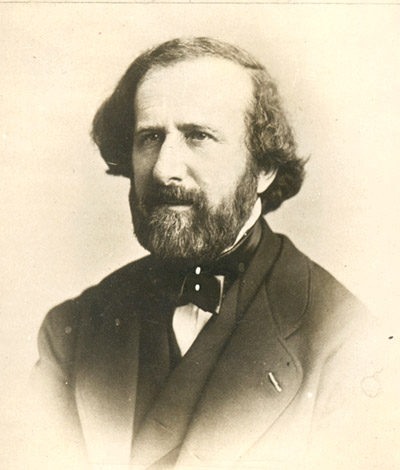
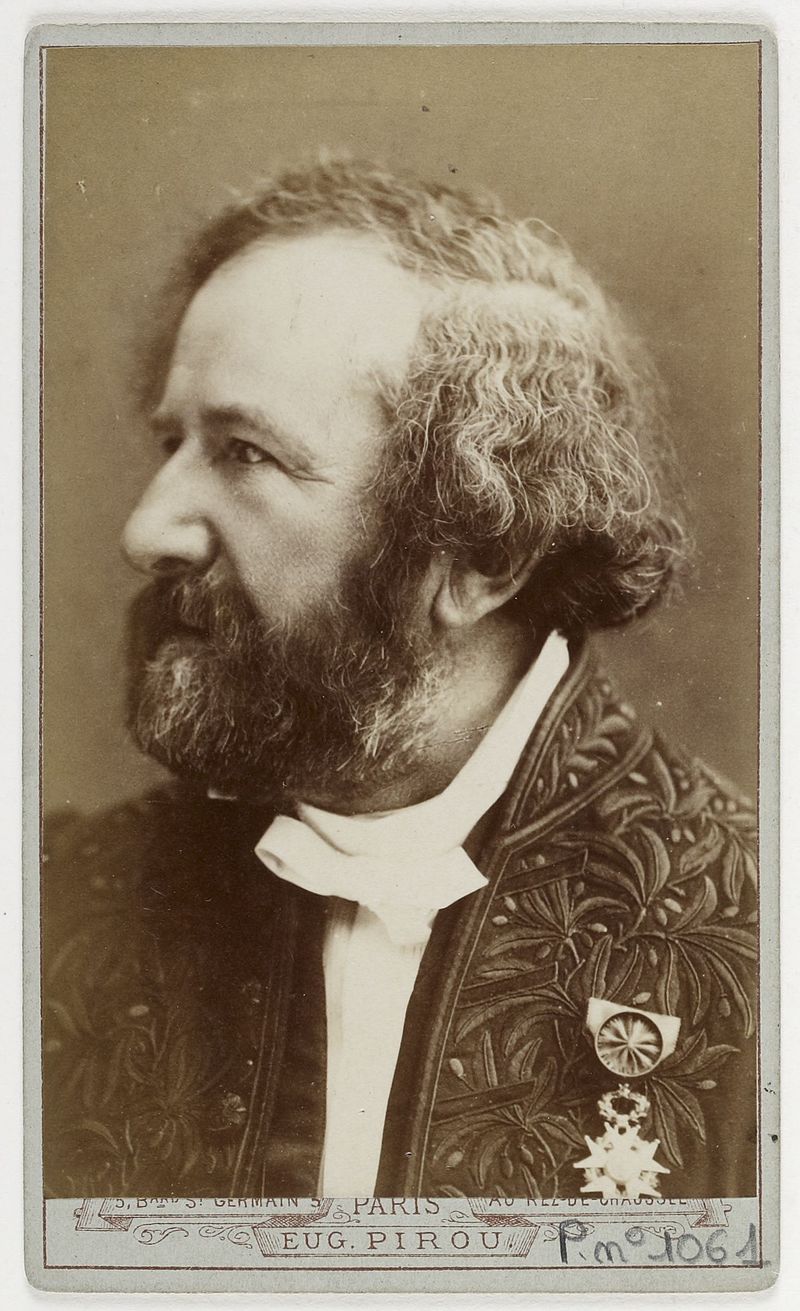
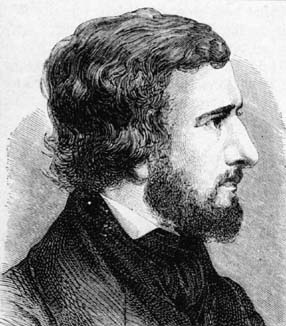
Armand Hippolyte Louis Fizeau (September 23, 1819 – September 18, 1896) was a French physicist.
Fizeau was born in Paris. His earliest work was concerned with improvements in photographic processes. Following suggestions by François Arago, Léon Foucault and Fizeau collaborated in a series of investigations on the interference of light and heat. In 1848, he predicted the red shifting of electromagnetic waves.
In 1849 he published the first results obtained by his method for determining the speed of light (Fizeau - Foucault apparatus). Fizeau in 1864 made the first suggestion that the "length of a light wave be used as a length standard".
He was involved in the discovery of the Doppler effect.
In 1853 he described the use of the capacitor (then called the condenser) as a means to increase the efficiency of the induction coil. Subsequently he studied the thermal expansion of solids, and applied the phenomenon of interference of light to the measurement of the dilatations of crystals.
He became a member of the Académie des Sciences in 1860 and of the Bureau des Longitudes in 1878. He died at Venteuil on September 18, 1896.
His name is one of the 72 names inscribed on the Eiffel Tower.